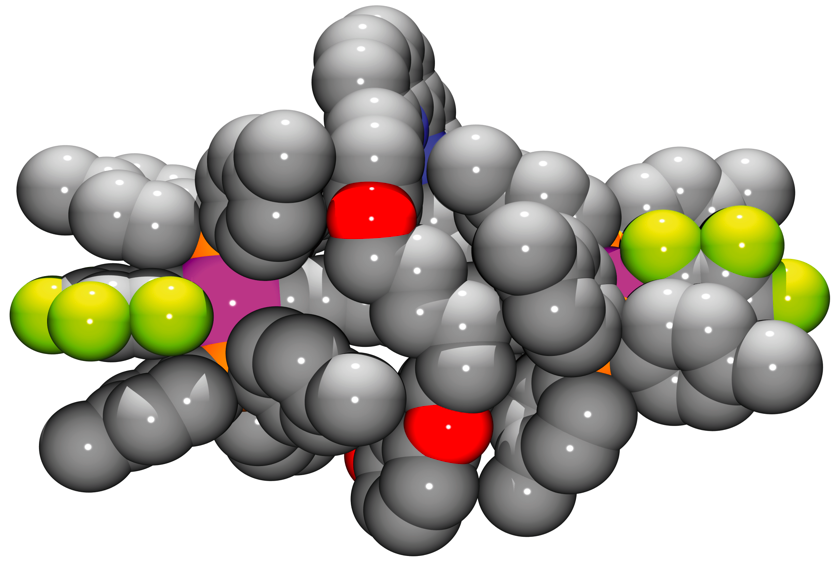Scientists in China have developed a quick and clean way to reduce nitroarenes to aminoarenes, which are common intermediates for making dyestuffs, pharmaceuticals and agricultural chemicals.
Sodium borohydride and molecular hydrogen are commonly used for this reaction but their hydrogen elements cannot reduce nitroarenes under mild reaction conditions. Usually, expensive noble-metal catalysts are necessary to activate the hydrogen elements in the reductants.
Here, the researchers have used a vanadium-doped porous TiO2 with highly active hydrogen, which can instantly (<10s) and selectively reduce nitroarenes to aminoarenes under ambient conditions without catalysts. After being consumed by nitroarenes, the active hydrogen species can be regenerated by irradiating the V-doped TiO2 with UV light.
Link to journal article
Porous vanadium-doped titania with active hydrogen: a renewable reductant for chemoselective hydrogenation of nitroarenes at ambient condition
J Su et al
Chem. Commun., 2012, DOI: 10.1039/c2cc33969b




















 ChemComm
ChemComm